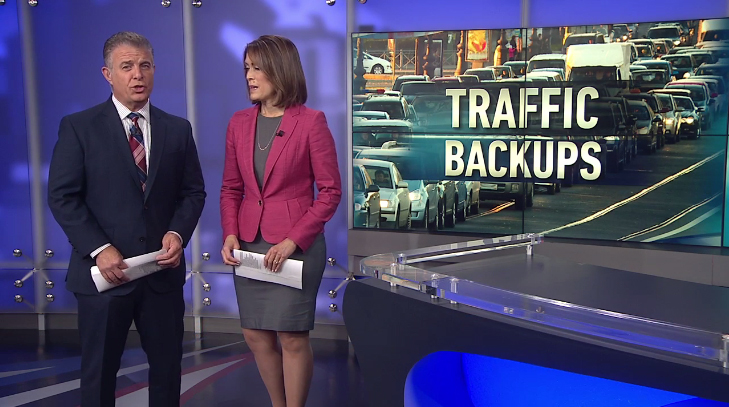News
Seattle’s incredible growth leading to increasing traffic challenges
Posted on

This piece was originally published by KOMO-TV on October 9, 2018
SEATTLE — Seattle has seen an incredible amount of job growth over the last decade, and the city’s increasing population proves people want to be in Seattle.
It also means more drivers are navigating city streets and highways.
“This is the fastest growing neighborhood in the fastest growing city in the country,” said Jon Scholes, who is the President and CEO of the Downtown Seattle Association.
The view Uber driver James Lockhard sees from behind the wheel of his car always includes traffic and congestion.
“If there’s an accident on any street in downtown Seattle it impacts the whole downtown,” he said.
It’s a common problem we see in Seattle: more and more traffic.
“We’ve got a lot of private construction that’s impacting the right of way downtown,” said Scholes. “More public infrastructure and construction are coming so lanes and streets are getting impacted.”
And more people are living and working in Seattle. Over the last decade the city has added 70,000 jobs in the downtown corridor alone.
“We have a strong economy, we have 300,000 jobs in the downtown, 500,000 within the city limits so a record number of jobs,” said Scholes.
And that means a record number of commuters on our roadways. According to traffic data company INRIX, since 2014, commute times around the region during the first week of October have only changed by a matter of minutes. But the company says what has changed is the morning commute is starting earlier and ending later.
“I used to be able to leave at 4 a.m. and now I have to leave about 2:30-3 a.m. just to get here to get parking,” said Mike Edwards, a construction worker who commutes from Port Orchard to Seattle.
Experts say traffic around Seattle is going to get worse before it gets better as more public transportation becomes accessible. So, Seattle commuters should continue to prepare for a challenging commute.
“Those days that we don’t need to drive, we need to look at those other options,” said Scholes.